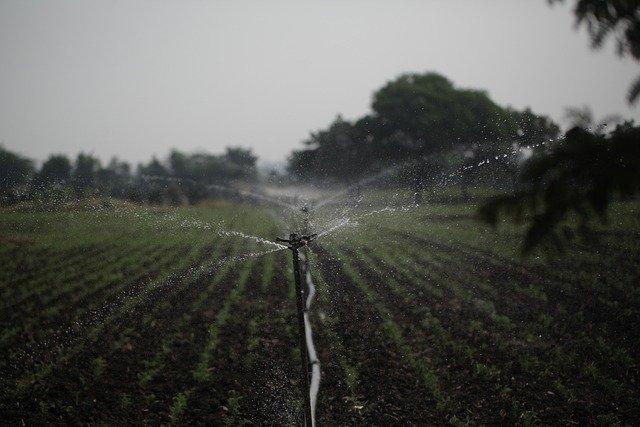Water-saving landscaping techniques for residential properties
Practical water-saving landscaping techniques can reduce outdoor water use while keeping yards healthy and attractive. This overview covers irrigation practices, plant selection, mulching, composting, hardscaping, and ways to support pollinators and soil health with minimal water.

Creating a residential landscape that conserves water starts with a clear assessment of soil, microclimates, and existing plantings. Simple changes—such as grouping plants by water needs, improving soil organic matter, and selecting drought-tolerant species—can lower irrigation demands and increase resilience. This article describes actionable steps for homeowners to reduce outdoor water use while supporting soil health, pollinators, and overall landscape function without drastic aesthetic compromise.
Efficient irrigation strategies and scheduling
Efficient irrigation is one of the most effective ways to cut outdoor water use. Drip irrigation and soaker hoses direct water to root zones, limiting evaporation compared with overhead sprinklers. Use controllers that adjust schedules based on weather or soil moisture, and program separate zones for different plant groups. Regularly inspect systems for leaks, clogged emitters, and broken heads. For newly planted areas, apply water deeply but less frequently to encourage deeper root growth and reduce long-term irrigation needs.
Xeriscaping principles and native flora selection
Xeriscaping emphasizes design and plant choice to minimize supplemental watering. Begin by mapping sun exposure, wind, and drainage to identify appropriate planting zones. Choose native flora and regionally adapted perennials that require minimal irrigation once established. Replace nonessential turf with drought-tolerant groundcovers or ornamental gravel beds. Thoughtful xeriscape design balances aesthetics and function, combining structural elements with plant groupings that match local rainfall patterns and soil types.
Mulching benefits for soil health and moisture retention
Mulching is a low-cost, high-impact watersaving practice that supports soil health. Apply 2–4 inches of organic mulch—shredded bark, wood chips, or composted leaves—around shrubs and beds to reduce evaporation, moderate soil temperature, and suppress weeds. As organic mulches decompose they increase soil organic matter, improving moisture retention and nutrient availability. Keep mulch a few inches away from stems and crowns to avoid rot, and replenish annually where decomposition is rapid or erosion occurs.
Composting and plant selection to increase drought resilience
Adding compost to planting beds improves soil structure and water-holding capacity, making landscapes more drought resilient. Incorporate finished compost when planting perennials, shrubs, and trees to encourage root establishment and reduce irrigation frequency. Favor deep-rooted perennials and native shrubs that access moisture from lower soil layers. For container planting, blend compost into potting mixes to retain moisture and support plant health, and use larger containers to reduce evaporation.
Hardscaping, rainwater capture, and container planting
Hardscaping reduces the irrigated area and can direct rainwater where it’s most useful. Use permeable paving, swales, or shallow basins to encourage rainwater infiltration into planting areas. Rain barrels and cisterns capture runoff for later use in dry spells; gravity-fed systems can supply drip lines or hand-watering stations. Container planting can concentrate visual interest but typically needs more frequent watering—mitigate this with water-retentive mixes, larger pots, grouping containers for shared microclimates, and partial shading during hot afternoons.
Supporting pollinators, pruning, and long-term maintenance
Designing for pollinators and applying routine pruning contribute to an efficient, healthy landscape. Plant a diversity of native, flowering species to provide seasonal forage with minimal irrigation once established. Pruning improves air circulation, reduces disease pressure, and can encourage deeper rooting when applied appropriately; avoid heavy cuts during severe drought. Combine these practices with mulching, composting, and careful irrigation scheduling to maintain plant health while keeping water use low.
Residential water-saving landscaping blends design, plant selection, and consistent maintenance. Improving soil health with compost and mulch, installing efficient irrigation, choosing native flora and drought-tolerant perennials, and integrating hardscaping and rainwater capture all reduce reliance on supplemental water. Over time, these techniques create attractive, resilient yards that support pollinators and conserve local water resources.





